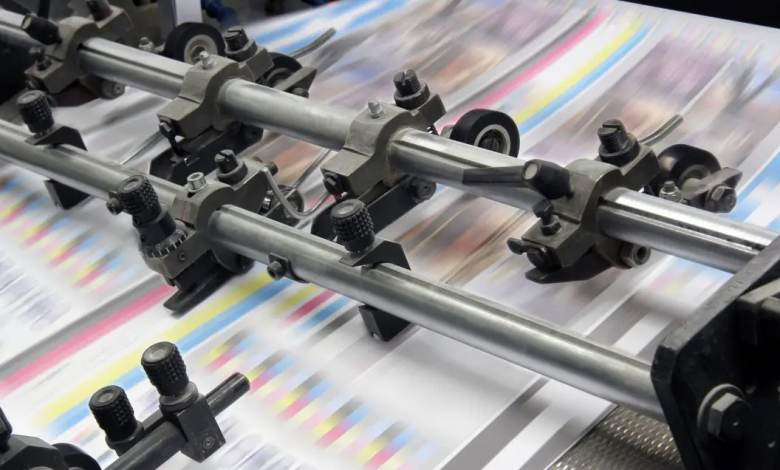Printable solar cells, new polymer improves yield
New steps toward printable, efficient and cost-effective solar cells
(Sustainabilityenvironment.com) – It is called PEDOT:F and is the new promise of organic solar cells. Behind the unusual name lies a conductive polymer created by a group of scientists from the Huazhong University of Science and Technology and the i-MEET of the Friedrich-Alexander University in Erlangen-Nuremberg. The macromolecule has been shown to be particularly promising for the production of bio-based printable solar cells, which were also stable over time.
It is called PEDOT:F and is the new promise of organic solar cells. Behind the unusual name lies a conductive polymer created by a group of scientists from the Huazhong University of Science and Technology and the i-MEET of the Friedrich-Alexander University in Erlangen-Nuremberg. The macromolecule has been shown to be particularly promising for the production of bio-based printable solar cells, which were also stable over time.
One of the key components for printable solar cells is the materials for transporting gaps, namely positive charges. Until yesterday, the best material to accomplish this task was poly(3,4-ethylenedioxyphenene): sulfonated polystyrene or simply PEDOT: PSS, a conductive polymer often used to create printable devices. Despite its undeniable advantages, PEDOT:PSS exhibits a strong acidity and moisture sensitivity that can adversely affect the efficiency and stability of cells.
The team of scientists has introduced a new polymer complex, the PEDOT:F in fact, able to improve the overall recipe. To be precise, PEDOT:F has the advantage of having two solubility parameters and being able to be dispersed both in water and in alcohol. And with the latter formulation show a low acidity.
“PEDOT: PSS was invented in the 1990s and researchers have been complaining about its drawbacks since 2000 but without introducing workable solutions,” he explained to TechXplore, Yinhua Zhou, one of the researchers. “The new formulation dispersed in alcohol overcomes these drawbacks“.
Using the new polymer complex, Zhou and colleagues created fully printable organic solar cells from their lower electrode to the upper one. Tested, the cells showed a 15% conversion efficiency of light to electricity, maintaining 835 of the initial power for 1,330 under continuous lighting. The results of the research have been published in Nature Energy.






